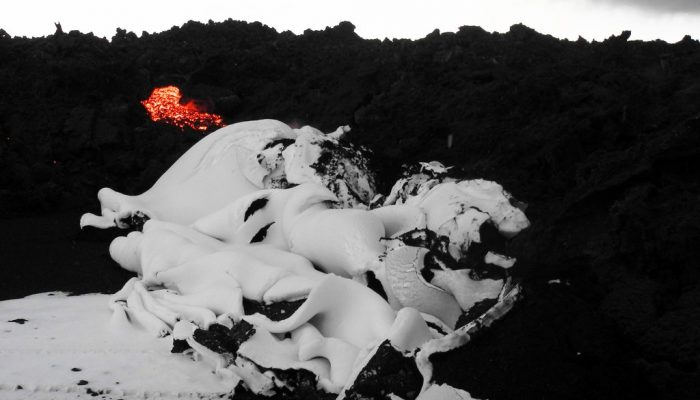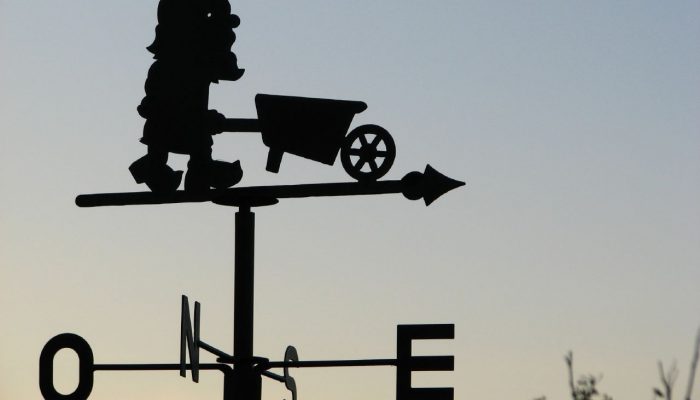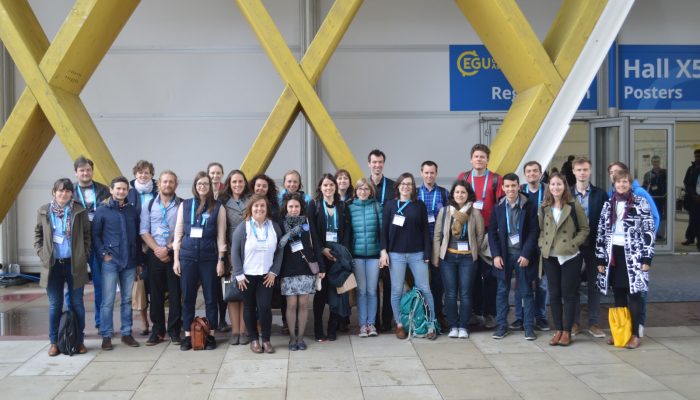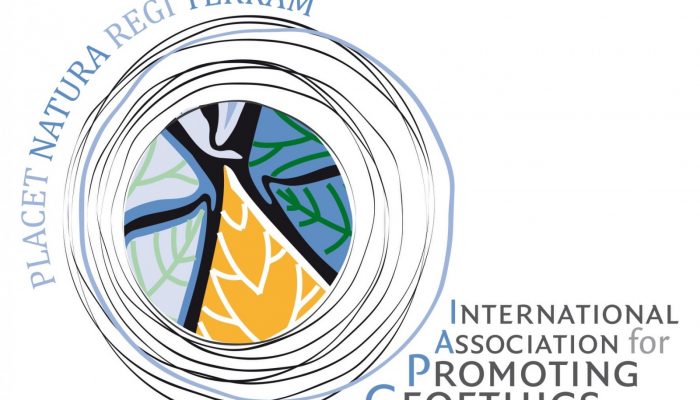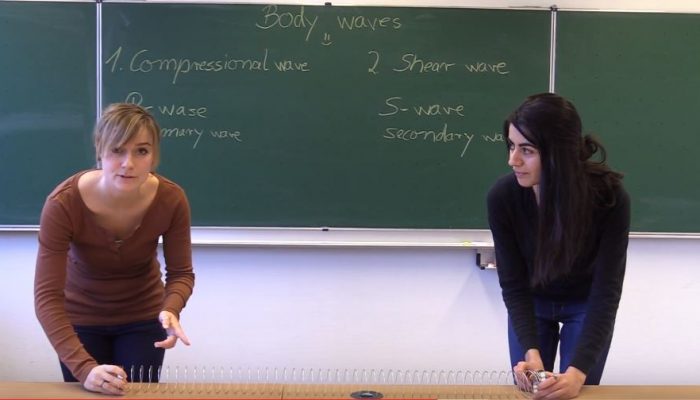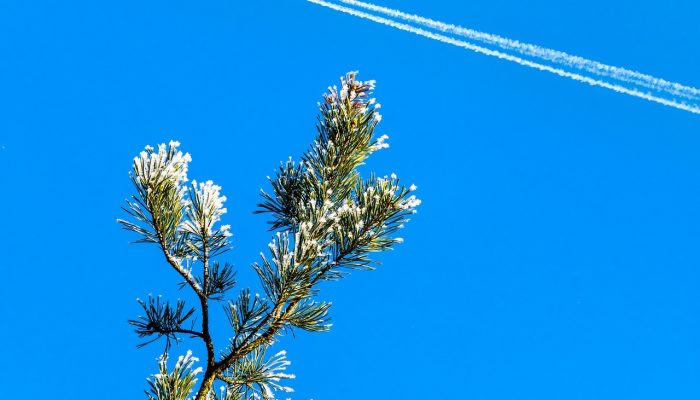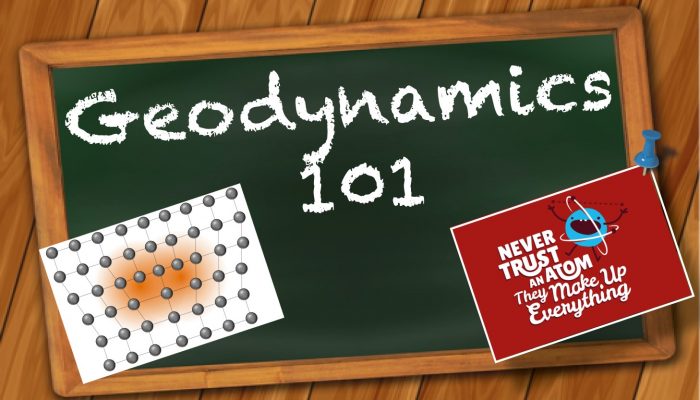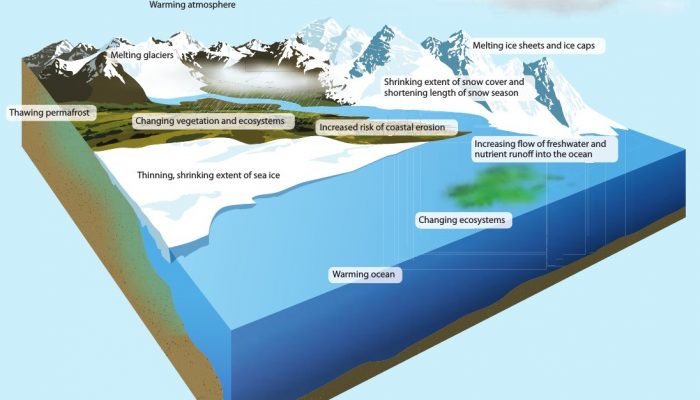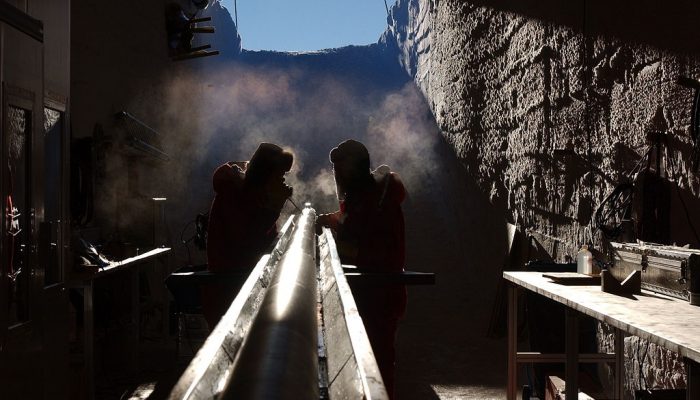The photograph shows the interaction of the first snow and an active lava flow during the 2014 / 2015 Holuhraun eruption in Iceland. The first snow fell onto a ground covered by fine black ash on 26 September 2014. While the meter thick lava flow advanced a few meters per day, it neither melted the snow nor flowed on top of it. Instead, it pushed a layer of centimetre-thick snow and millimetre-thi ...[Read More]
If you didn't find what you was looking for try searching again.
GeoLog
Geopolicy: How does scientific uncertainty translate into policy?
Scientific uncertainty is one of the only things in science that is certain. It’s found in complex modelling systems, in the unpredictability of natural processes and even when there seems to be scientific consensus, a new scientific discovery can recreate ambiguity. But how do policymakers deal with scientific uncertainty when they are making decisions? Policymakers deal with and use scientific u ...[Read More]
Geodynamics
Work-life balance: insights from geodynamicists
Maintaining a good work-life balance is essential for a steady career and happy life in academia. However, like with all good things, it is not easy. In this new Wit & Wisdom post, Jessica Munch, PhD student at ETH Zürich, explores how to achieve a good work-life balance. Research is a truly amazing occupation, especially in geodynamics (okay, that might be a bit biased…). However, disre ...[Read More]
GeoLog
Get involved: become an early career scientist representative
Early career scientists (ECS) make up a significant proportion of the EGU membership and it’s important to us that your voices get heard. To make sure that happens, each division appoints an early career scientists representative: the vital link between the Union and the ECS membership. After tenure of two or four years, a few of the current ECS Representatives are stepping down from their post at ...[Read More]
Natural Hazards
Ethics and Geosciences: discovering the International Association for Promoting Geoethics
Geoscientists do not have to deal only with technical matters, but have to think also about the ethical implications related to their discipline. To increase the awareness of researchers on the ethical aspects of their activities, it has been created the International Association for Promoting Geoethics (IAPG). To better understand what geoethics and the IAPG are, we interviewed Silvia Peppoloni, ...[Read More]
Seismology
SeismoChat: How to disarm earthquakes
Solmaz Mohajder is a researcher at the Earth System Dynamics Research group of University of Tübingen in Germany. She has published an online database and an interactive map for active faults in Central Asia (Mohajder et al., 2016). More recently, Solmaz and her colleagues have compiled fault slip rates to investigate whether deformation rates from GPS and from geologic observations provide consi ...[Read More]
Geology for Global Development
The Case Against Fieldwork – How can we internalise the carbon cost of fieldwork, as scientists who investigate the earth system?
There are few, if any, fields of human study for which fieldwork is more fundamental than geology. For many geologists, the solid earth itself is their subject, and this means observations can be made at any given location on the planet. Moreover, the local quirks of different environments almost necessitate a diverse range of study sites for us to fully comprehend the differing processes that gov ...[Read More]
Geodynamics
Rheological Laws: Atoms on the Move
The Geodynamics 101 series serves to showcase the diversity of research topics and methods in the geodynamics community in an understandable manner. We welcome all researchers – PhD students to Professors – to introduce their area of expertise in a lighthearted, entertaining manner and touch upon some of the outstanding questions and problems related to their fields. For our first ‘101’ ...[Read More]
Cryospheric Sciences
Image of the Week – Arctic changes in a warming climate
The Arctic is changing rapidly and nothing indicates a slowdown of these changes in the current context. The Snow, Water, Ice and Permafrost in the Arctic (SWIPA) report published by the Arctic Monitoring and Assessment Program (AMAP) describes the present situation and the future evolution of the Arctic, the local and global implications, and mitigation and adaptation measures. The report is base ...[Read More]
GeoLog
Geosciences Column: The hunt for Antarctica’s oldest time capsule
The thick packs of ice that pepper high peak of the world’s mountains and stretch far across the poles make an unusual time capsule. As it forms, air bubbles are trapped in the ice, allowing scientists to peer into the composition of the Earth’s atmosphere long ago. Today’s Geosciences Column is brought to you by PhD researcher Ruth Amey, who writes about recently published resea ...[Read More]

